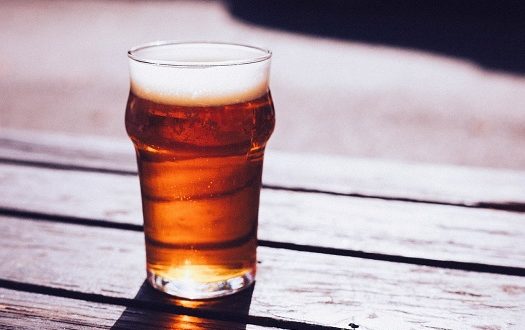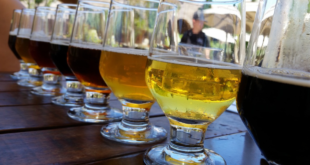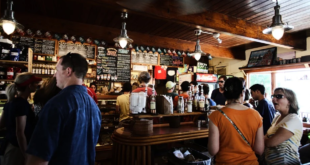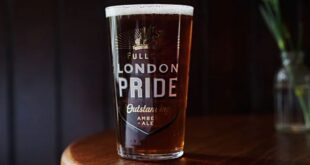Let’s answer the easiest point first;
Beer is made from water and cereals, mostly malted barley. Both Ales and Lagers are beers. Beer brewing has a long history, going back to Neolithic times, before 3000 BC. It’s widely drunk, only water and tea beat it. The difference between Lager and Ale is more complex to answer. It comes down to the type of yeast used.
Ales
Prior to the 15th century, all beers were of the type we now know as ales. Ale yeast, Saccharomyces Cerevisiae is naturally occurring. These yeasts stop fermenting at low temperatures. This limited the months when beer could be made in colder countries. The yeast works on top and drops to the bottom of the mash in the brewing vessel, hence the term “top fermenting.” The brewing process is fast, so the beer is soon ready to drink. Ales have fruitier and more complex flavours.
Until the 1970’s, ales were dominant in the UK. It remains the largest ale brewer with leading suppliers such as Greene King, Marstons and Fullers. Belgium brews some of the most iconic ales of the type. Duval and De Koninck being excellent examples. Guiness Stout is an ale type.
Ale or Beer
The use of hops to flavour beer was late to reach Britain. When they did arrive, around the fifteenth century, hopped brews were called beer whilst unhopped (often flavoured with herbs) were known as ales. Today, this differentiation no longer applies.
Real ale
So called real ale continues fermenting albeit slowly in the barrel or cask, giving it condition or life (sparkle). For many this is the best way to enjoy ale type beers. The downside is that, once opened the beer in the cask needs to be drunk quickly. Quite a bit of care and time is also needed to look after it at the bar. The downsides are overcome by filtering and/or pasteurising to remove and kill the yeast. Compressed gas is used at the bar to give it back it’s life, critics argue this masks the true flavour and makes it gassy.
Lager
The Lager yeast appeared on the European scene around the fifteenth century, unlike ale yeasts, fermentation continues at low temperature, making brewing in colder months possible. It’s first documented use is in Bavaria from where it rapidly spread. The yeast strain, Saccharomyces pastorianus, was scientifically identified in 1904 at the Carlsberg brewery, giving it an alternative name Saccharomyces carlsbergensis. Lagers are less fruity but clean tasting.
The brewing process is slow, in fact the term lager is the German word for storage. The yeast also works from the bottom up, the opposite to ales. In most countries, lager type beers are the only type available. In many places, the term lager is unknown, it’s simply known as beer or possibly pils.
Pilsner
Lager beers are not necessarily blond and pale. Across Europe, darker lager style beers can be found. What we in the UK typically describe as lager is more accurately a Pilsner style or Pils. The style originates from Pilsen, today in the Czech Republic. Pilsner Urquell, still available is considered to be the first of the type.
Lager and Lager
In Germany, a centuries old law, the Reinheitsgebot (or German Beer Purity Law) states beer can only be made with Barley Malt, Hops, Water and Yeast. This is not the case elsewhere. Sugar can be substituted for some of the more expensive malt or other cheaper crops such as rice may find their way into the brew. Some so called lagers, brewed cheaply bear little resemblance to the authentic product. One brewer even promoted freshness, somewhat of a contradiction to the style in which storage is essential.
Budweiser and Budweiser
Since the early twentieth century, US brewer Anheuser-Busch (now AB InBev) and Budweiser Budvar Brewery in the Czech Republic have been fighting a trade mark dispute over the name Budweiser. Very much a David and Goliath struggle, the smaller brewer claims to have won the majority of the 100+ cases. As a result, the US brew is known in some areas simply as Bud. The US brewer claims first registration of the name. The Czech brew is arguably the more authentic product.
 Vino-Club For Wine Lovers
Vino-Club For Wine Lovers






